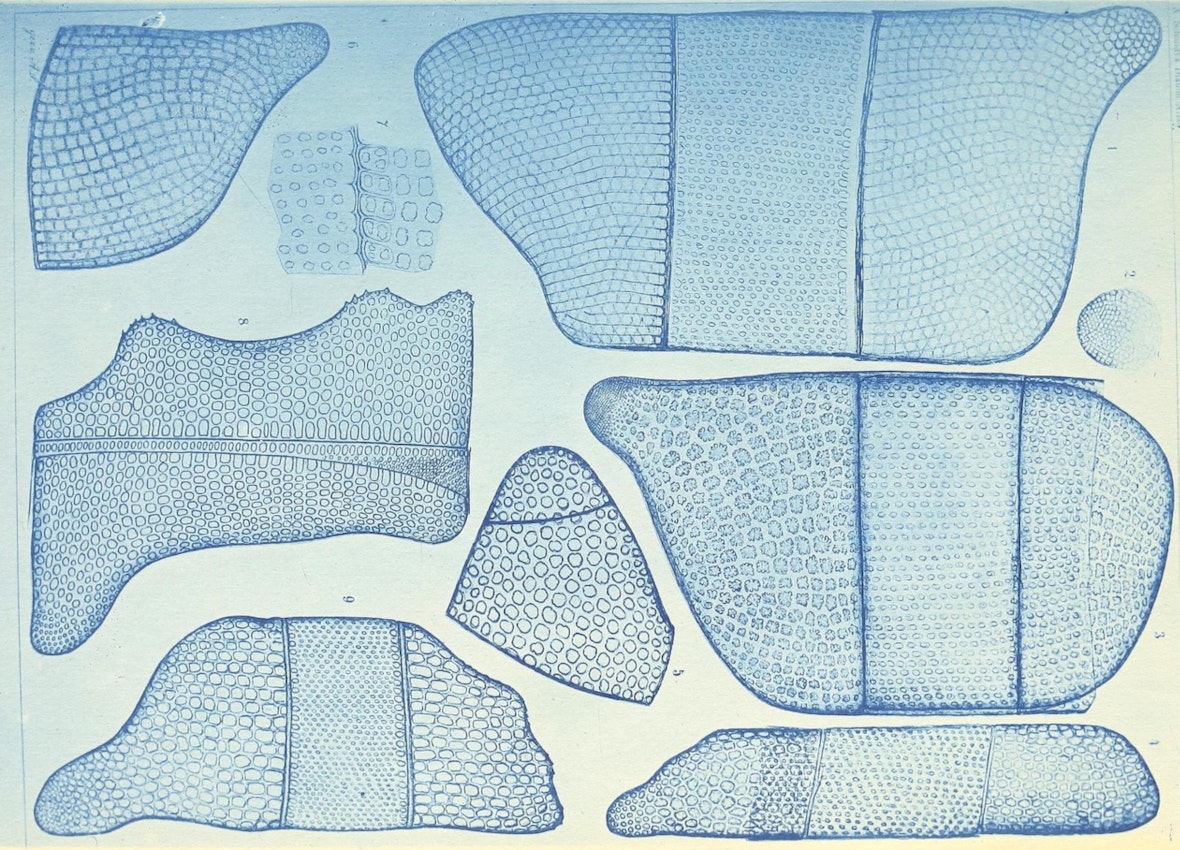On Ratings

Adolf Schmidt. Plate from Atlas der Diatomaceenkunde. 1890.
As part of my ongoing series of class reviews, I've been giving each class a rating using a scale borrowed from Skerples' Many Rats on Sticks GLoGhack (found on pg. 8):
- Ultra-Core: "basic, balanced, and entirely sensible"
- Core: "tested in multiple combinations and function reasonably well"
- Novelty: "require[s] unusual playstyles, GM adjudication, or a specific kind of setting"
- Extra: "cannot be taken as first template"
This scale doesn't seem like it was ever intended to stretch to cover all classes, merely to provide a guide for a new player/GM encountering the 38 pages of classes that follow.
I picked it up in the first place because it speaks to what I want out of a rating system. It's not a letter grade. It's a description of a specific feature, in the same way a nut mix being rated "extra fancy" means it can contain larger nuts. But what exactly is it evaluating? Something like "how much work is this going to put on the GM's plate" and "how likely is a player who isn't bought in to have a bad time?"
What I don't want the rating scale to do is relate to the idea of a "core" class. I'm unconvinced by the structuralist argument that classes all reflect patterns underlying a superficial diversity. Though I often compare classes to an archetypal expectation, I do so with the aim of highlighting the specific features that stand out in a specific class for formal analysis. I definitely don't want to assess each class with combat verbs on how "fighterly" it is.
So, I want to introduce a new rating system that evaluates classes on the following rubric elaborated from Skerples' novelty rating:
- Does the class require an unusual playstyle?
- Does it require significant GM adjudication?
- Does it require a specific setting?
As I write, I note that these are all descriptions of effort so let's name the ratings as follows:
- Light classes answer each criterion with an enthusiastic "no."
- Medium classes are free of most criteria, but require a little bit of work to fit into a typical game.
- Heavy classes run afoul of all of the criteria or require a significant outlay of work on one of them.
For now, I'll omit any special ratings like "extra," but I'll keep that space open in case I find I need it.